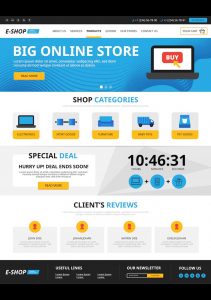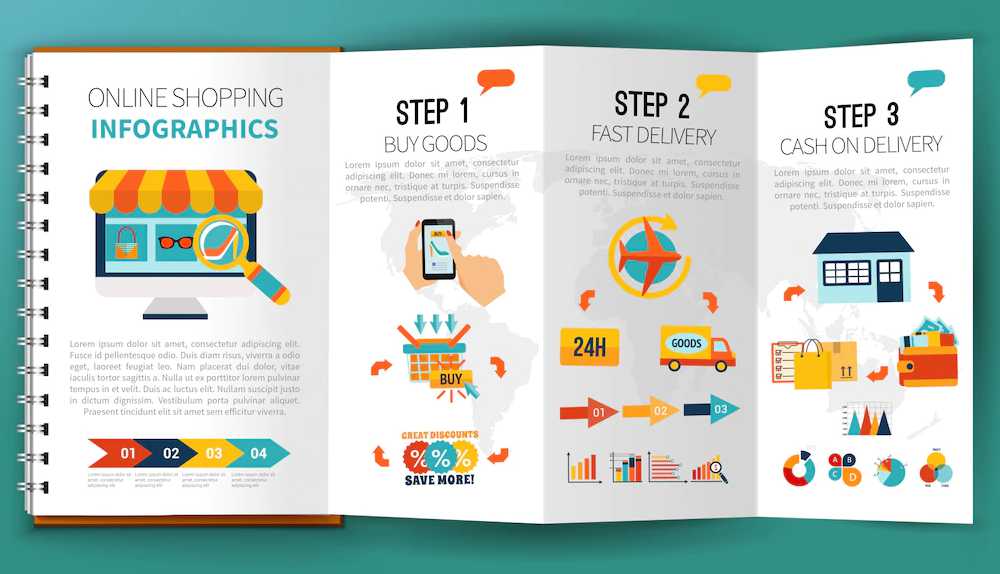How to create a sell sheet
A sell sheet is a tool that companies use to market their products or services. Sell sheets are especially important when it comes to selling products online, as they can be used as part of an effective social media marketing strategy in addition to being used on websites and printed materials. So how to create a sell sheet for your company or product?
The purpose of a sell sheet is twofold: it helps you market your company/product and gives visitors information about the product in an easy-to-read format that’s easy to understand without being overwhelming.
What is a sell sheet?
A sell sheet is a one-page document that describes a product, its features and benefits, and how it works. It’s used to promote a product to potential buyers, help sell the product, and help sell the product to customers — all at once.
A good sell sheet should be easy for people to understand without being too technical or long-winded (like this one!).
Why sell sheets are important
Sell sheets are important because they help you to sell your product. They are a marketing tool that helps you get people interested in what it is that you have to offer, and then encourages them to buy from you.
How to create a sell sheet? Best Tips
As a first step, you’ll want to create a comprehensive outline of what your product or service is and how it will help your customer. This can be done by answering three simple questions: What does the client get? How does it work? And how much does it cost?
The answers should be in bullet points that are easy for buyers to understand. If you’re selling an e-book about selling skills, then include: “The ultimate guide for entrepreneurs who want to learn how they can make more money.” Keep the copy short and sweet—no more than two sentences per section—and don’t forget about SEO! You’ll also want to include some images (if applicable) that show off exactly why this piece is so valuable.
Once you have an idea of what makes up each section of your sell sheet, consider creating thematic sections within each part as well—for example: “Get Started” vs “Your Strategy” vs “Hiring A Team” etc…
This allows potential customers who may not know where else they could go on their search engine results page (SERP) but still need some guidance from us at [company name].
Sell sheet template and layout
A good sell sheet is one that’s not only easy to read, but also makes it clear how you can benefit from using your product or service. You want to position your company as a trusted expert in your field—but you also need to be careful not to come off as too salesy.

There are many elements of a good sell sheet:
- The layout and design should be consistent across all the pages of your marketing materials (we’ll talk more about this later).
- Fonts matter! Make sure yours matches the tone of what you’re trying to convey visually. Also, make sure it’s legible from different angles so that people won’t have trouble reading everything when they look at it from an angle other than straight on (or upside down).
- Use images with meaningful content instead of just pretty pictures for decoration purposes only; if someone wants something done then they will ask for more info about why this specific solution would work better than others out there already available today…

General sell sheet structure
A sell sheet is a marketing tool that details the benefits of your product or service. It’s often used for direct mail and can be used for email marketing, too. There are three types of sell sheets:

- The introductory sell sheet (also known as an “elevator pitch”) is used to introduce yourself and your company in a brief manner before diving into more detailed information about what you can do for customers. This type of document should highlight why they should work with you instead of anyone else, including competitors or individuals who might match their interests but don’t offer everything they need (such as price).
- The promotional/retention letter shows potential customers how much value there is in working with them—and why it’s worth their time to give this company another chance after being rejected by others before them. This kind will contain examples from past clients who have been happy with their experience working together; also include links back out into other parts of your website where more detailed information about each item discussed earlier could be found if needed–but only if necessary!
How to get the most out of your fact sheet
The most important thing to remember when creating your fact sheet is that it’s not just about the information. It’s also about how that information appears and feels. That’s why we’ve included these tips:
- Use a template (or design) for your fact sheet that helps you get everything organized in one place. You’ll be able to see where each piece of content goes, which will make it easier for you to edit later.
- Use a good headline and subheadline to draw attention and make sure people know what they’re getting into when they download your document or check out on their phone screen (if they have one).
- Make sure these headings are concise but intriguing enough so as not to be boring! If possible, try using bold text for both headings so that people can focus on them easily when reading through all those pages later down the line…you know..just in case there’s any confusion out there somewhere 🙂 But don’t overdo things here either because if people aren’t interested enough then this won’t work either.”
Product sell sheet vs. company sell sheet
It’s important to understand the differences between a product sell sheet and a company sell sheet. The former is used to describe the product itself, while the latter is designed as an overview of your company and its services (e.g., “we offer marketing solutions”).
A product sell sheet should be more detailed than a company one; it provides details on features and benefits, including how long each feature will last before needing replacement or repair, what kind of warranty you have available (if any), etc.
A good example of this type of document is Apple’s MacBook Pro Support page. This page outlines some highlights about each model but also provides helpful tips that anyone can use when setting up their new MacBook Pro—such as which ports should be connected before starting up their computer for first-time users and so on.
Conclusion
A sell sheet is an important tool that can help you sell more products. It’s a great way to present your product, including all the key information about it in one place. But what exactly is a sell sheet? And how do you create one? To answer these questions, let’s first look at what it means for a product or service to have one (or more) fact sheets written about it:
It helps customers find out more about your company or brand through their own research. It makes them feel confident in buying from you because they know exactly what they’re getting…and why they should buy! This will help increase sales and leads by providing answers when asked questions like: “What kind of product are you offering?” or “Why should I buy now?”
Image Source: Freepik











